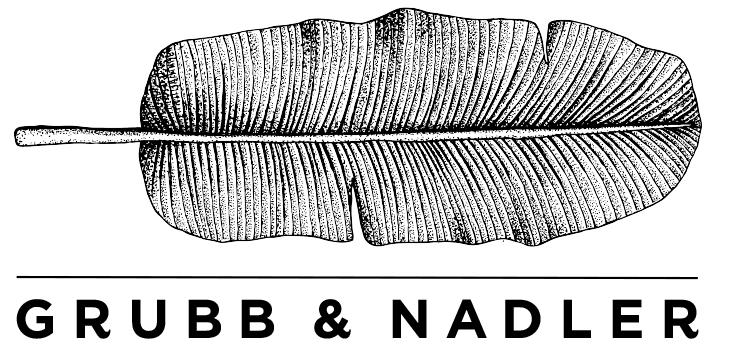From Our Indoor Plant Collection: Sansevierias
One of the things we’re excited about for the future of Grubb & Nadler is our burgeoning list of houseplant offerings. We’re working on building up crops of several favorite indoor plants; in the meantime, when it comes to the popular Sansevieria genus, our plants are already thriving and ready for orders!
Sansevieria zeylanica
As we all know, sansevierias are excellent houseplants for beginners. Pull up a window and search “What should be my first houseplant?” and the number one result is the snake plant, also known as “mother-in-law’s tongue.”
Sansevieria trifasciata ‘Laurentii’
The main characteristic that divides this group of plants is soft vs. hard leaves. Softer-leafed varieties, such as the Sansevieria trifasciata cultivars, come from tropical areas of Africa and Asia and generally thrive in deep undergrowth, which is why they do so well in low light indoors. (The common name “snake plant” generally refers to selections of Sansevieria trifasciata.)
Hard-leafed sansevierias are usually lighter in color and cylindrical in shape. This group is from arid exposed habitat in Africa and Madagascar. They aren’t as durable in low light as their soft-leafed counterparts, but do excel in bright light or direct sun, and can even be grown outdoors in mild climates.
At Grubb & Nadler we grow Sansevieria trifasciata ‘Laurentii’ and Sansevieria zeylanica (both soft-leafed); Sansevieria cylindrica and Sansevieria cylindrica ‘Patula’ are the hard-leafed varieties in our collection.
Here are some sansevieria fun facts to pass along to your own customers:
Snake plants are one of the best air-purifying houseplants, due to a strange quirk of evolution. In order to hold moisture back from hot midday sun, snake plants evolved to “breathe” at night. So at night, these plants are purifying the air while others take the night off! This makes them an ideal choice for bedrooms, where they can purify the air while you sleep.
Ever tried to cut a snake plant with your clippers, only to get tangled up in that tough internal fiber? In Africa they have long been used to make a durable rope, even strong enough for bowstrings, giving them one of their least known common names: “viper’s bowstring hemp.”
An even more impressive use for snake plants is as bandages, since they have a perfect shape for dressing wounds and the plant contains natural antiseptic qualities.
Please have a look at our availability list to view the sansevierias we’re growing in various sizes, and contact our team at hello @ grubbandnadler.com to inquire about ordering and shipping.
For more information and inspiration in your inbox, subscribe to our newsletter.






